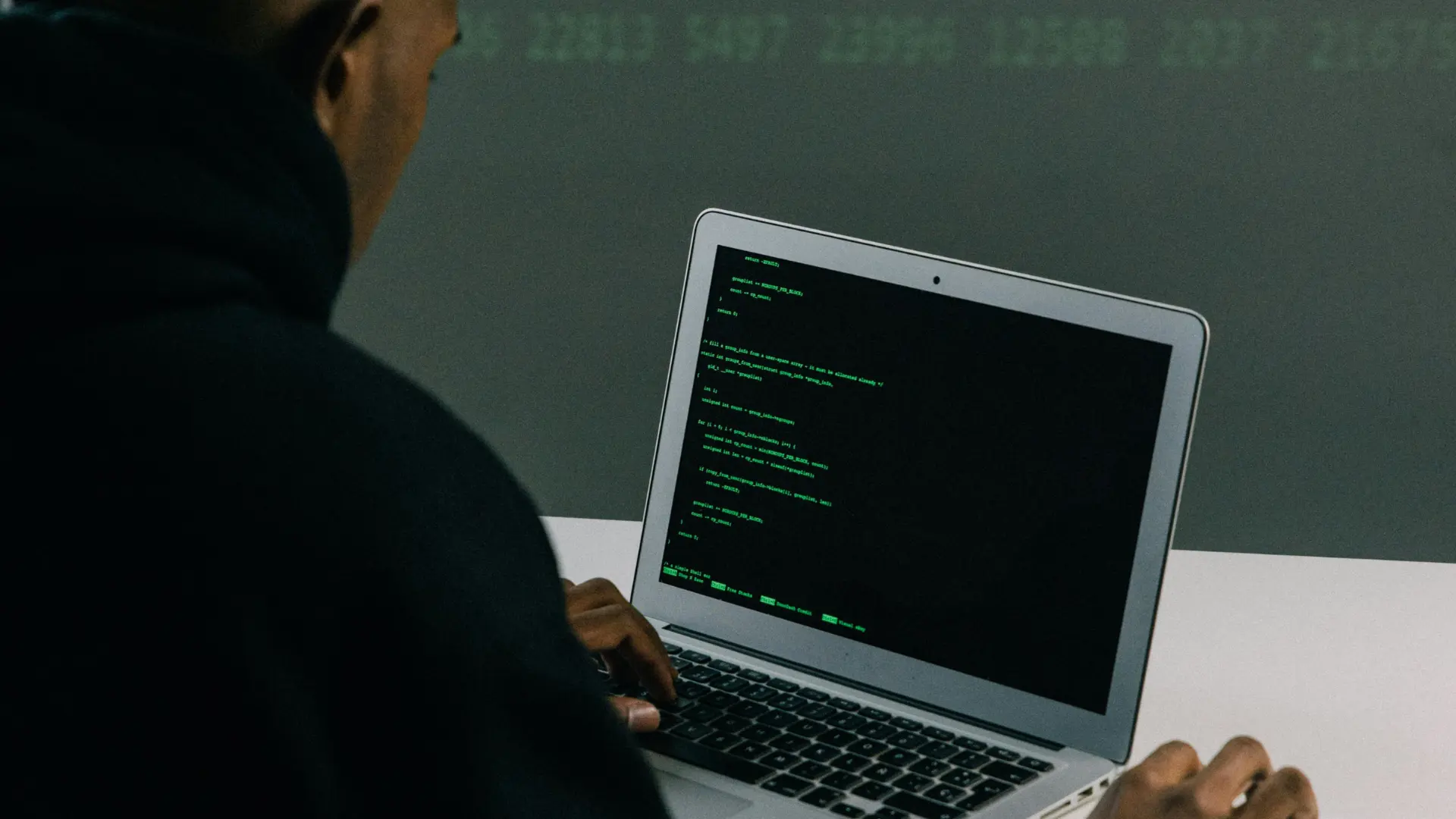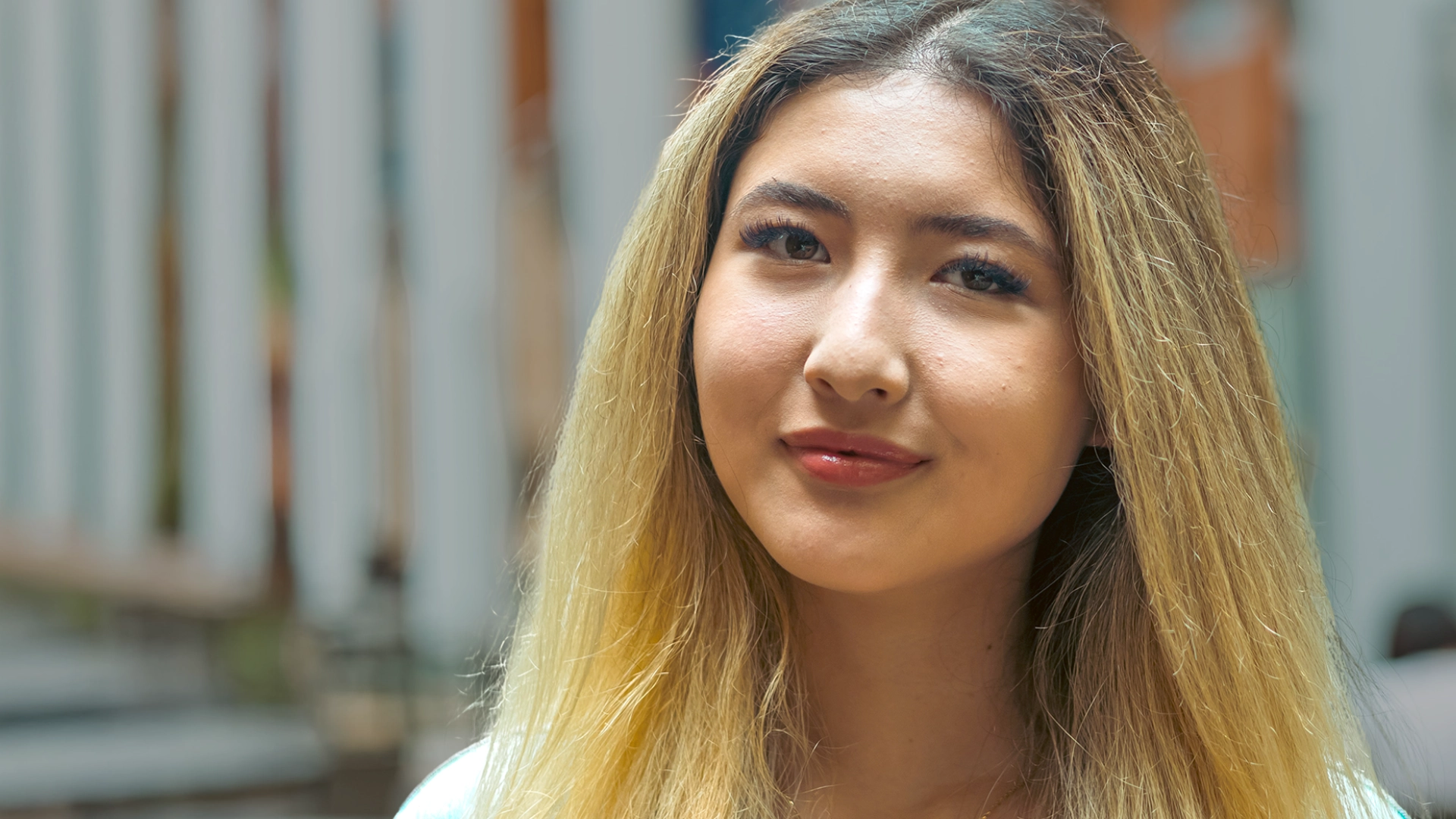3D Rendering Part 3: Final Touches

Now that we've covered how to create and edit objects, including shading, lighting, and textures, it's time to cover some of the features of Blender that you might find useful as you create marketing materials for your startup. We want you and your team to be able to communicate your offering quickly and clearly, to create value for your customers and for your company.
Object mode vs. Edit mode

The object model is all about the overall placement of the models. You can adjust global settings and change how the scene looks.On the other hand, the edit mode allows you to single out a particular object and modify its individual geometric properties.Inside edit mode, you can select vertices, edges, or faces of any object separately using their dedicated buttons on the screen's top left. After doing so, you can choose a specific part of the model that you want to exclude. Then, just press P on your keyboard and choose Selection.
Creating & Removing

To create a vertex, hold down the left control button and left-click on your mouse together. To create an edge, or face, select any two or three vertices respectively and press F on your keyboard.To remove a vertex, edge, or face, select the item and press X on your keyboard. Then choose the item's category.
Cutting

Blender allows you to divide shapes once you are inside the Edit mode. Just hold down the left control button and R. Then move your mouse cursor along the desired line where you want to make the cut. Left-click with your mouse once you are done.As a finetuning adjustment, you can use the +/– buttons on your Numpad or scroll your mouse wheel to define the number of cuts you wish to make. You can even set the cut's degree of smoothness using the temporary window on the bottom left.
Subdividing Shapes

This option to subdivide shapes in Blender is almost the same as Cutting. The only difference is that it doubles the number of vertices.Just select the part of the model that you want to subdivide. Right-click and choose Subdivide.You can even set the cut's degree of smoothness using the temporary window on the bottom left. Further modification can be done by adjusting the Fractal value and Random Seed value.
Face Extruding
You can extrude a face in Blender by selecting a particular face and pressing the I button on your keyboard. Then move your mouse to adjust the size.

If you check the box next to Select Outer, it will select all the surrounding faces, while checking the box next to Outset extrudes the face outwards.
Mirror

To add any object modifier, press the wrench icon on the Properties window. Then choose Add Modifier and select Mirror from the list.Mirrors are pretty useful to speed up your entire work process. If you’re working with an asymmetric model, you can just design one section of the model, and the other sections will be mirrored accordingly. You only define which axis you want the mirror to work along, and you’re all set.You can then merge the original part and reflection part together using the Clipping option. The merge limit value can help you to finetune the merging process further.
Image Reference

When using any 3D modeling software like Blender, you’ll need to use an image reference as a guide in order to trace out and build complex models properly. The reference image will sit in your scene's background to help you position the vertices, edges, and faces accurately.If you want to import a reference image, simply open the Objects menu and select Image. Then choose Reference, locate your desired reference image following the file directory, and press Load Reference Image.One useful tip is to adjust the transparency of the reference image to a comfortable level. Move over to the Properties window and select Empty. Then set the Transparency vale as you deem suitable for your working environment.
Output Settings
Move over to the Properties window and press the output icon. Browse to the directory where you want your rendered image to be saved. If you enable the Cache Result option, it will render your scene much faster.

Color Depth option defines the quality and intensity of the colors. Setting it to BW will make it black and white while RGB will include all the colors. An additional RGBA option will let you include the transparency in the render as well.The compressing option will deduce the overall quality of your render. The higher the compression, the better the result. However, a larger compression value also means slower output speeds.
The Blender Camera

In Blender Camera, the final rendered image will depend on its location and rotation. It’s the result of what the camera object can see.If you press the 0 key on your Numpad, you can see what the camera is looking at. Pressing G or R after selecting that object will enable you to position and rotate it.Like the editor’s camera, you can choose either a Perspective or Orthographic render type. You can additionally modify the Orthographic scale using the Properties window, but you can’t zoom using the scroll wheel.Once inside the properties window, you can also change the background color in both the editor and the rendered image.
Rendering Engines and Sampling
Blender offers three different rendering engines to manage drawing 3D scenes. Each engine has a specific performance requirement and output quality. To choose a rendering engine, move over to the render settings in the properties window and select an engine from the dropdown menu under Render Engine.

Cycles: Takes the longest to load.Eevee: Short loading time and lightweightWorkbench: Black and white output but instant loading.Pro Tip – if you select more samples under the render settings in the properties window, you will get a better-quality output of your render image. But it will take longer to draw.
Ambient Occlusion
This advanced option in Blender allows you to define how much you wish to expose each point on the model to the apparently ambient light.

The option is turned on by default in Blender. However, you can still move over the Render properties under the Properties window and adjust any settings you want. You can set the value in Factor to 1 to fully display it while 0 means it’ll be completely hidden.
Summing it all up
If you are still with me and have read up to this point in the tutorial, you should have a basic idea of how Blender works. In 3D modeling, Blender is a household name and is favored by many visual artists around the globe, professionals and amateurs alike. So, learning Blender skills is an absolute necessity for a career in the visual arts industry.We hope that this tutorial will come in handy to sum up the essential functions in Blender and help you to get up on your feet with your venture. Here’s to a great beginning to your new creative startup. All the very best!





